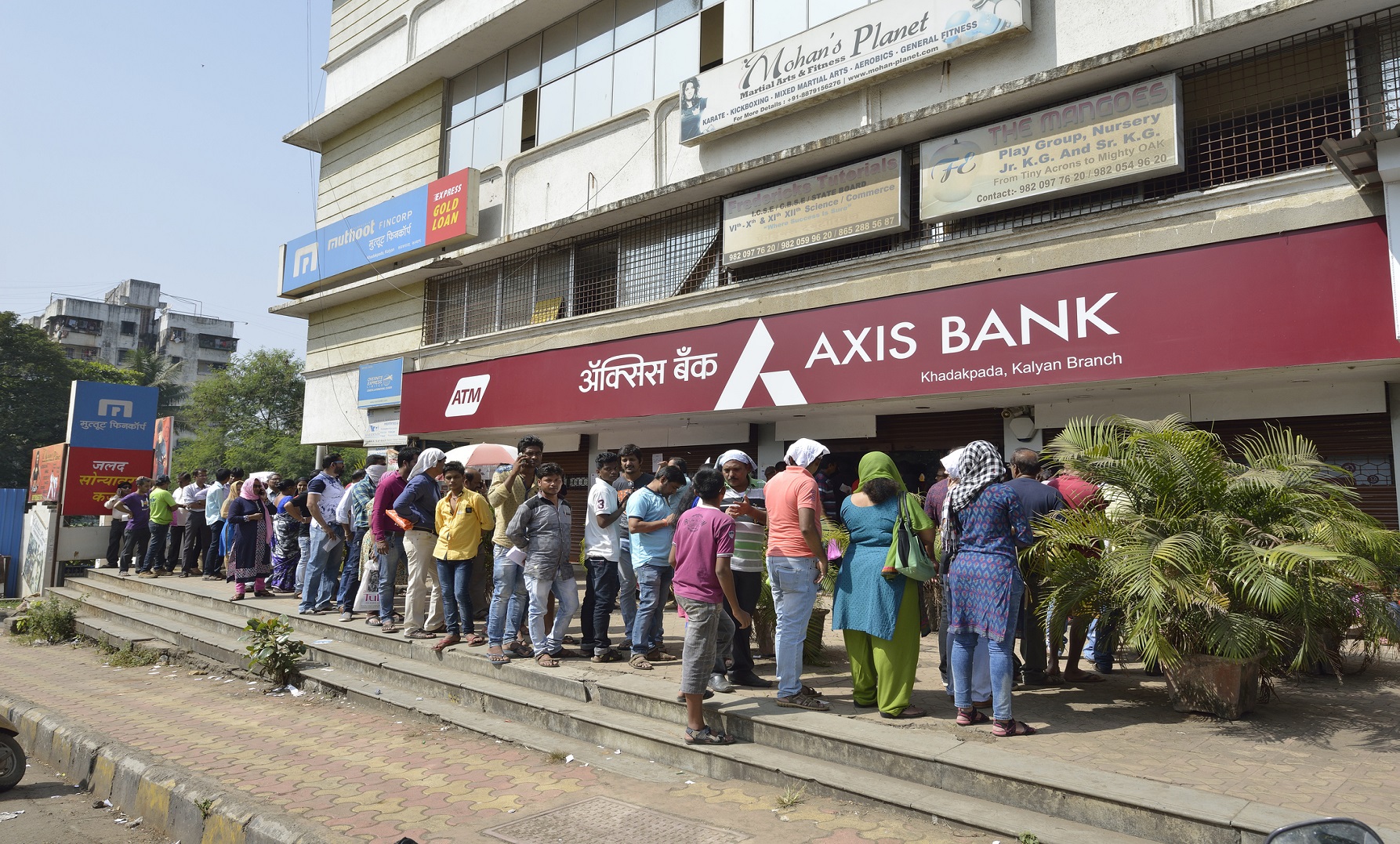Imagine that suddenly 86 percent of your cash was not accepted. Now consider that you did not have a checking account, debit card, or credit card. That is what happened in India, an economy where cash is used in 90 percent of the transactions and many people do not have bank accounts, credit cards or any other means of payments.
Demonetization occurs when a government declares its currency is no longer
legal tender. This means the currency can no longer be used as money. Read the article written by one of our contributors.
Something interesting happened in India recently. At 20:15 on 8 November 2016 Prime Minister Narendra Modi made an unscheduled television appearance to announce that the current stock of 500 and 1000 rupee notes were to become invalid at the stroke of midnight on the same day. India uses cash for 90% of its transactions. The 500 and 1000 rupee notes comprise 86% of the currency in circulation. The public was given a 50 day period to either deposit their money in a bank or redeem the cash notes for new 500 and 2,000 rupee notes. The banks quickly ran out of the new notes! (BBC, Nov. 10, 2016)
As you might expect, chaos ensued: huge queues formed outside banks, business owners desperately tried to get rid of notes that were no longer legal tender, and the stock market crashed to a six-month low. Wade Shepard a contributor for Forbes reported that “Trade across all facets of the economy were disrupted, and cash-centric sectors like agriculture, fishing, and the voluminous informal market were virtually shut-down, with many businesses and livelihoods going under completely”. In some areas people resorted to barter to acquire the goods they needed.
So why did Prime Minister Modi make such a seemingly rash decision? A national economy can be a fragile thing at the best of times – what was he thinking when he decided to risk upsetting it with such a disruptive move?
The short answer is this: he intended to fight crime, corruption, and reduce tax evasion. Criminal gangs and guerrilla groups across the country were funding themselves through money laundering. The only place to convert the old rupees to new ones was at a local bank, where forms were completed and a 200% penalty of unpaid taxes was charged. Corrupt officials who had been stockpiling ill-gotten cash also found themselves in a sticky situation. It is naïve to expect a cashless system to eliminate the shadow economy, but it should slow it down by making it more difficult to complete untraceable transactions. Modi hopes consumers will reduce their use of cash in favour of electronic transactions.
This isn’t the first time that currency in India has been demonetized. It was a measure enacted first in 1946 and again in 1978. The intent each time was the same: to minimize corruption and put a stop to the shadow economy and black market transactions that were widespread across the country. India, like any country, has what is known as a shadow economy operating alongside its regular one. A shadow economy encompasses everything from builders doing cash-in-hand work to avoid paying tax on their earnings, to transactions involving criminal activity, as well as bribes and scams. While the regular economy encompasses all of the legitimate businesses, distributors, customers and income streams in a community, the shadow economy is made up of the more secretive (and often less legal) ones.
The World Bank published its study on the size of shadow economies in 162 countries. The size of the shadow economy in some countries is relatively small – though still far from insignificant. It estimated the shadow economy of the USA is equal to 8.4% of its gross domestic product . India’s shadow economy equalled 21.4% of its GDP in 2006! That represents a huge amount of untaxed (and possibly criminal) money flowing around the country.
When viewed in that light, President Modi’s decision no longer seems quite such a bad idea. The demonetization has already stopped some criminals from operating altogether, and it may well, over time, help reclaim a slice of India’s shadow economy, leading to increased tax revenues, fewer bribes, less corruption and a generally better situation all around. Whether the disruption in the short term is worth it or not... well, that depends on who you ask – if you’re an ordinary Indian citizen still queuing up outside your bank each day to exchange your notes, you might not be so happy with the decision!
Question:
Can you think of other examples of things that contribute to the shadow economy of a country? How could these transactions be made part of the regular economy instead?
